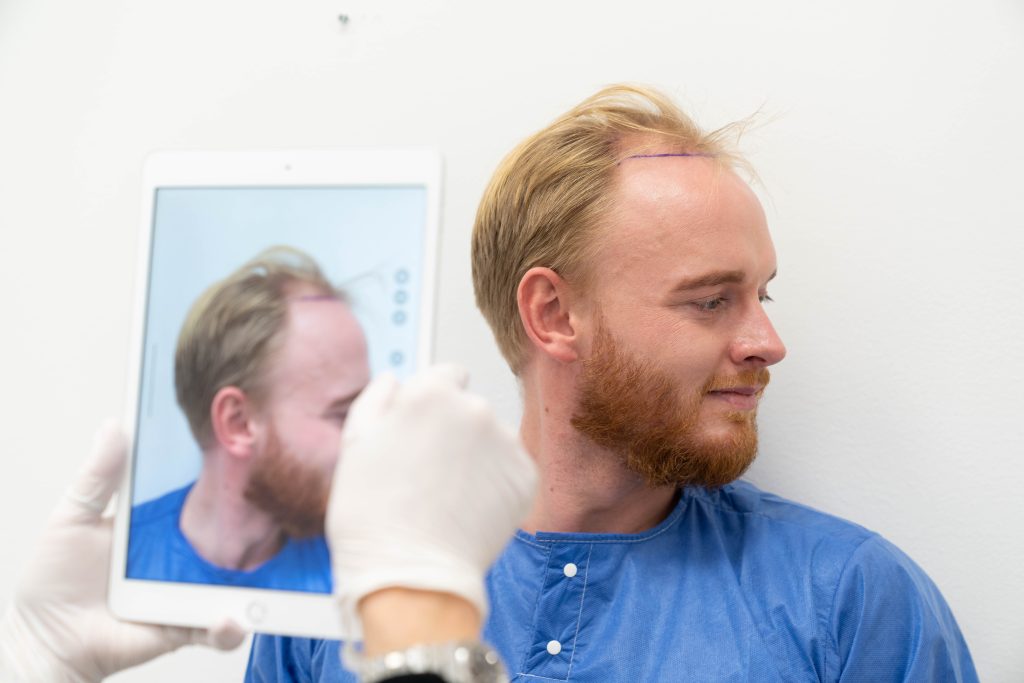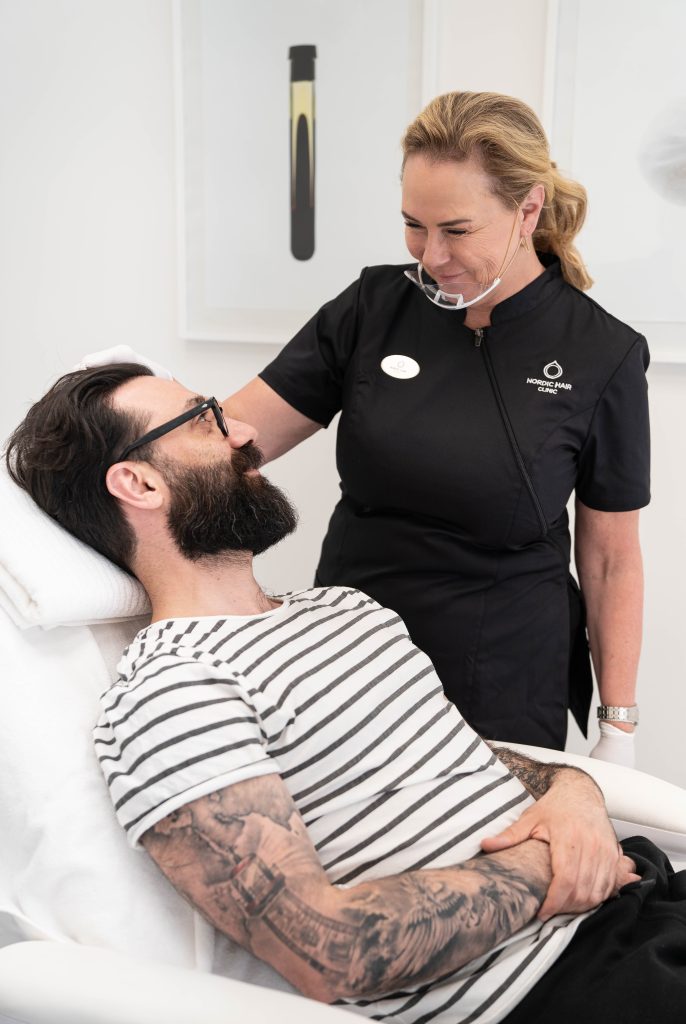
Articles
The autoimmune diseases that cause patchy hair loss
When we discuss patchy hair loss, we often refer to hair diseases under the term alopecia. These types are alopecia areata, alopecia totalis oralopecia universalis – i.e. hair diseases that occur through autoimmune effects.
In some cases, we can also talk about patchy hair loss when we are dealing with Trichotillomania, where the person manically scratches or pulls the hairs in a certain limited area, a so-called impulse control disorder.
Trichotillomania
Trichotillomaniär en yttre fysisk tillfogad skada på hårsäckarna och hårcellerna i visst område. The disease is a rare mental disorder that has genetic causes in about five percent of sufferers.
The disease that causes patchy hair loss is characterised by the person’s need to pull hair from the face or scalp, and this need may be conscious or unconscious.
In the UK we tend to describe it in terms of OCD (Obsessive Compulsive Disorder) but it’s actually an impulse control disorder.
Trichotillomania is a self-harming behaviour that can be compared to cutting yourself with a razor blade or sticking needles through your skin. Before you pluck a hair from your body, you may feel an inner tension.
The first three are autoimmune disorders that affect people who are otherwise perfectly healthy, while trichotillomania is a partly psychological disorder. When the hair is then pulled, pain is felt and this pain releases neurotransmitters.
The substances stimulate the brain’s reward centre and you are filled with a satisfying/relieving feeling.
It sounds completely crazy and one understands that it is not a completely healthy act but that it is a negative psychological behaviour.
Scarring hair loss
Scarring hair loss(cicatricial alopecia) can also be described as a special form of patchy hair loss. In up to 3% of people suffering from hair loss, this form of scarring hair loss can be found.
Unfortunately, this form of patchy hair loss is often irreversible and permanent, meaning that these patches will not grow back and there will be a permanent patch on the scalp with no hair growth.
One difference in the appearance of this form of hair loss compared to alopecia areata is that the round patches that appear are not as soft at the edges but are often more angular in shape.
Often these bald patches are itchy and there may be red spots or fluid-shaped blisters on the bald area.
PRP treatment helps you get your hair back
PRP treatment, where we extract the body’s own growth factors from the client’s blood, has shown very good results on clients with alopecia.
PRP has the ability to pause hair lossand trigger hair growth. However, it is not a cure for the disease.
Want to find out if PRP is right for you? Book a free consultation with us!
During the consultation, we will discuss your circumstances and together we will decide which treatment will work for you.




